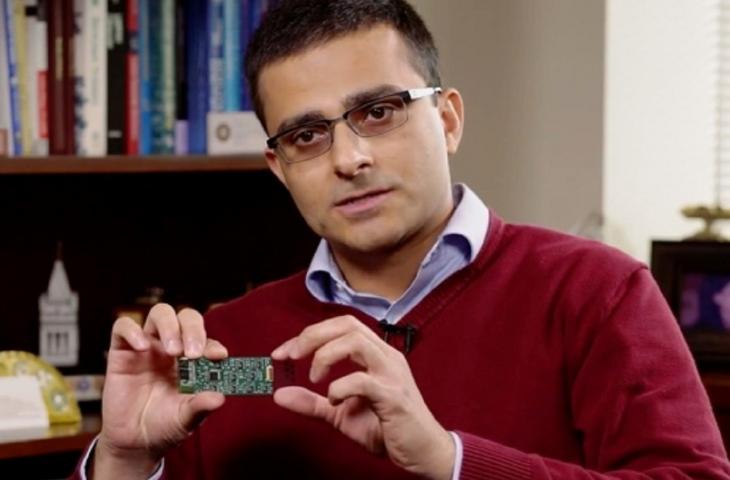CALIFORNIA – While keeping hydration under control is a problem that arises on a daily basis, a team of scientists from the University of California (Berkeley), may have solved this commonly shared dilemma.
In fact, the group of researchers led by Ali Javey has invented a flexible plastic sensor which once placed in contact with the skin sends a real-time analysis of body chemistry to your smartphone.
How does it work?
The flexible plastic patch incorporated inside bracelets and wristbands can timely indicate changes in the body’s hydration levels: The idea as stated on Nature by Ali Javey of the University of California, is to have a useful device available to receive real-time information on an individual’s hydration, which may consequently prompt them to drink more water to restore normal levels.
There are numerous laboratories that have developed sweat sensors containing a multitude of electrolytes and final products of the biological processes of the body (for example, lactic acid that accumulates after exercise).
These sensors only measure one component of the sweat at a time, while the new Javey design separately analyses each component in real time.
Different from other sensors
“The sensors produced on the market so far need to be taken off the wrist so that the sweat collected can be analysed by separate machines”, explains John Rogers of the University of Illinois on Nature, who adds that “this device instead provides continuous data streams in addition to measuring multiple biomarkers simultaneously”.
The Javey team has produced sensors that can detect the body’s glucose, sodium, potassium and temperature levels.
When the sensors come into contact with sweat, they generate electrical signals that are amplified, filtered and thereby calibrated using the skin temperature: “This process is essential. The electrochemical sensors are highly sensitive to temperature and skin temperature may vary when it sweats” concludes Javey.
The data detected by the sensor is then finally transmitted wirelessly to a smartphone.
by Alessandro Conte
January 19, 2018
credits: Roxanne Makasdjian and Stephen McNally











